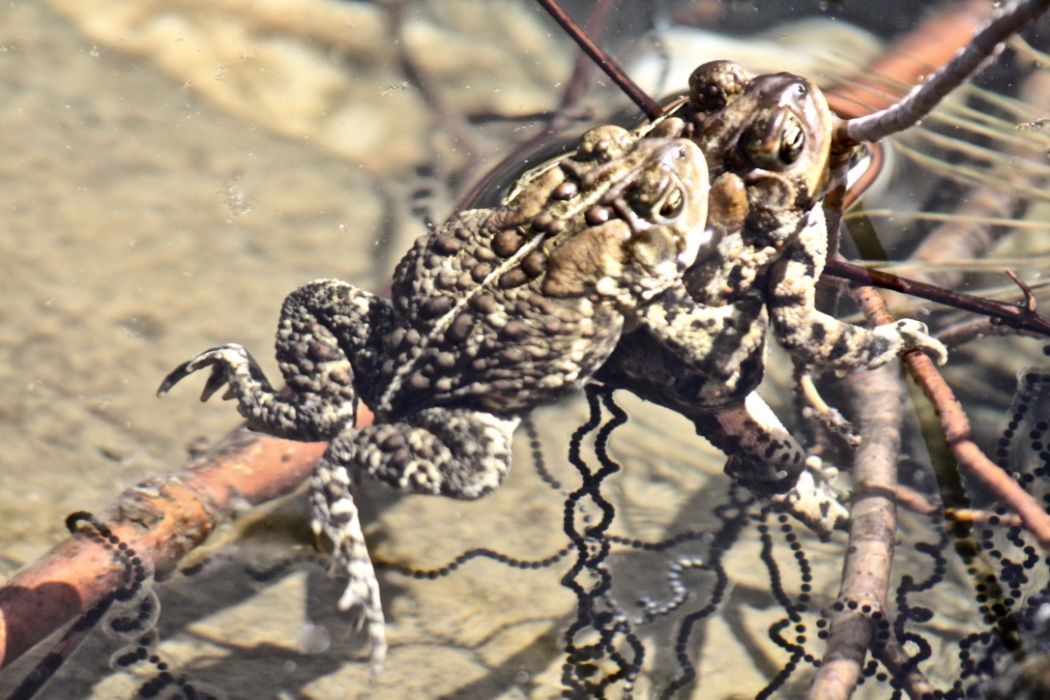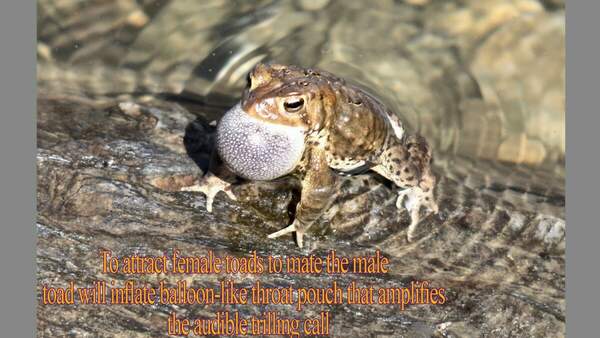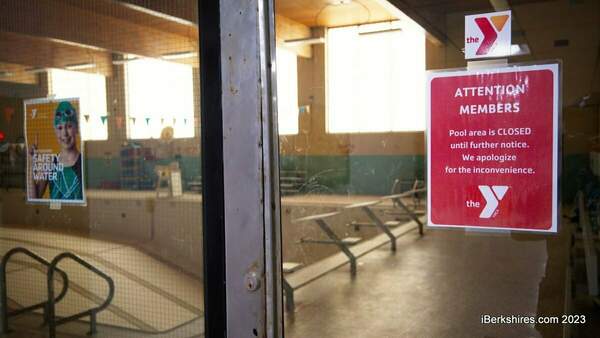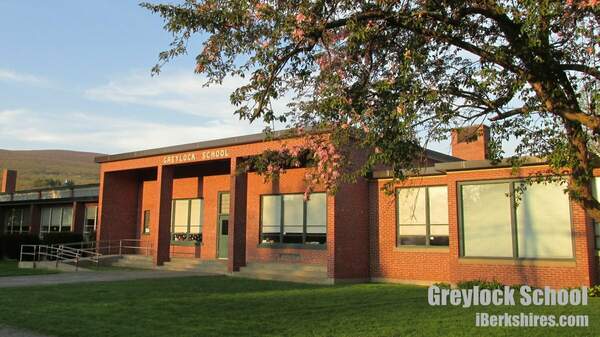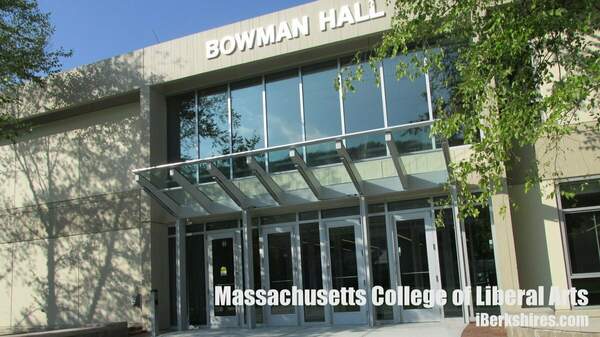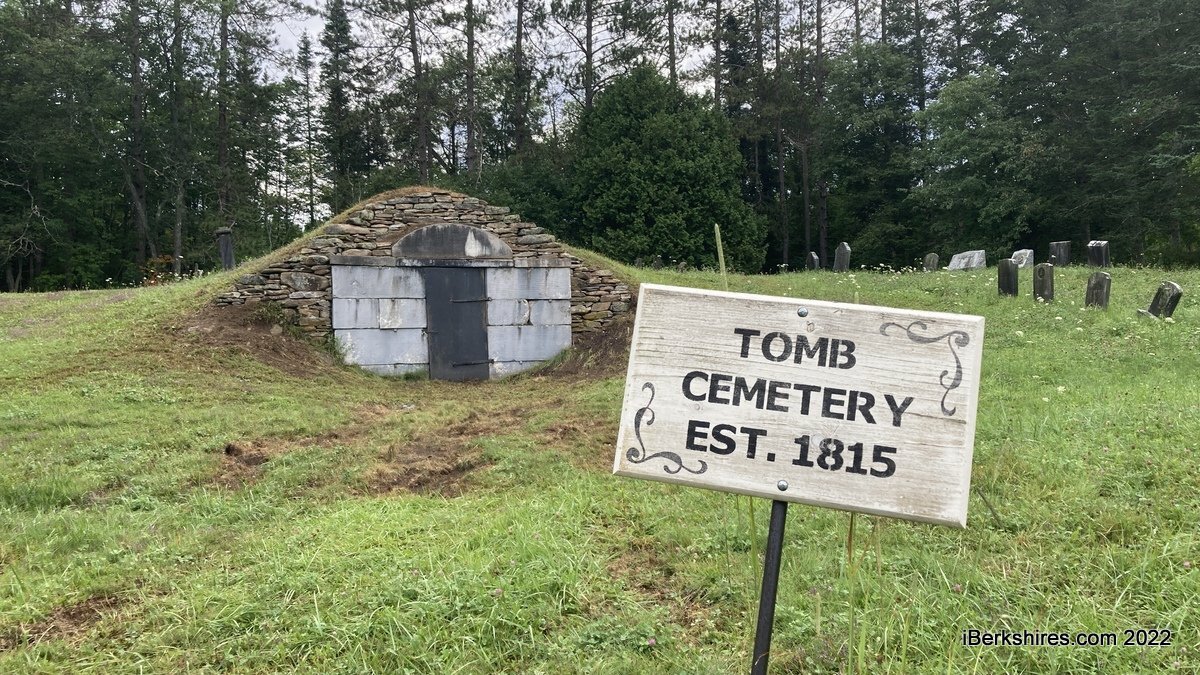
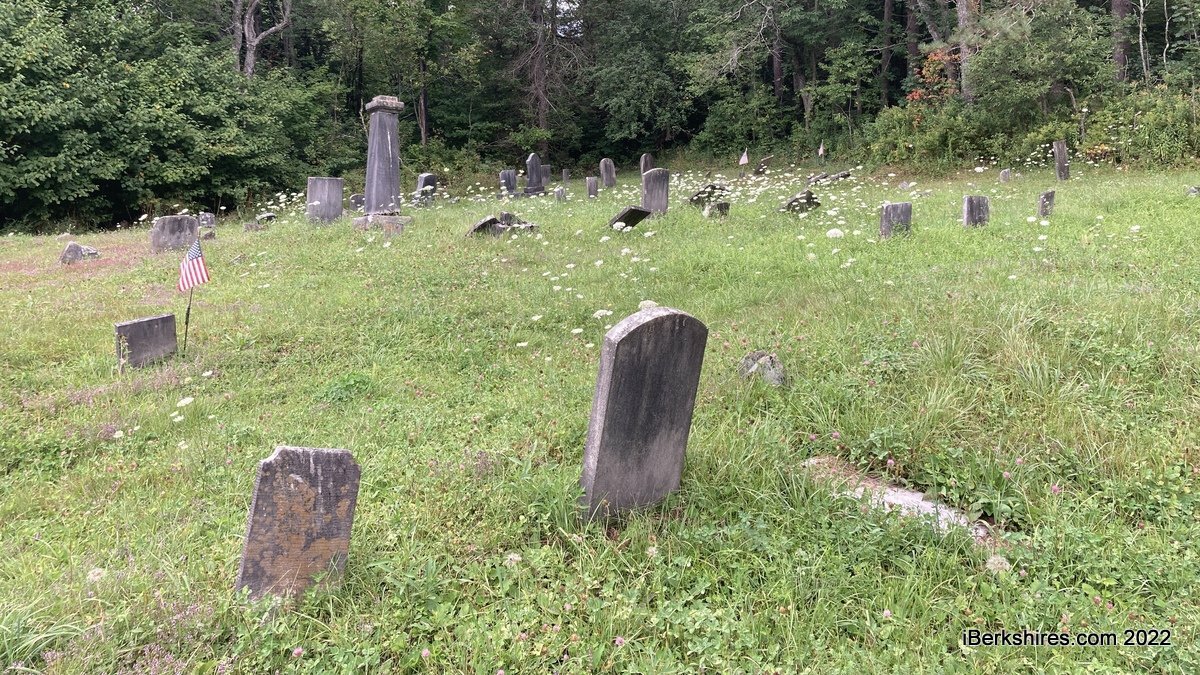
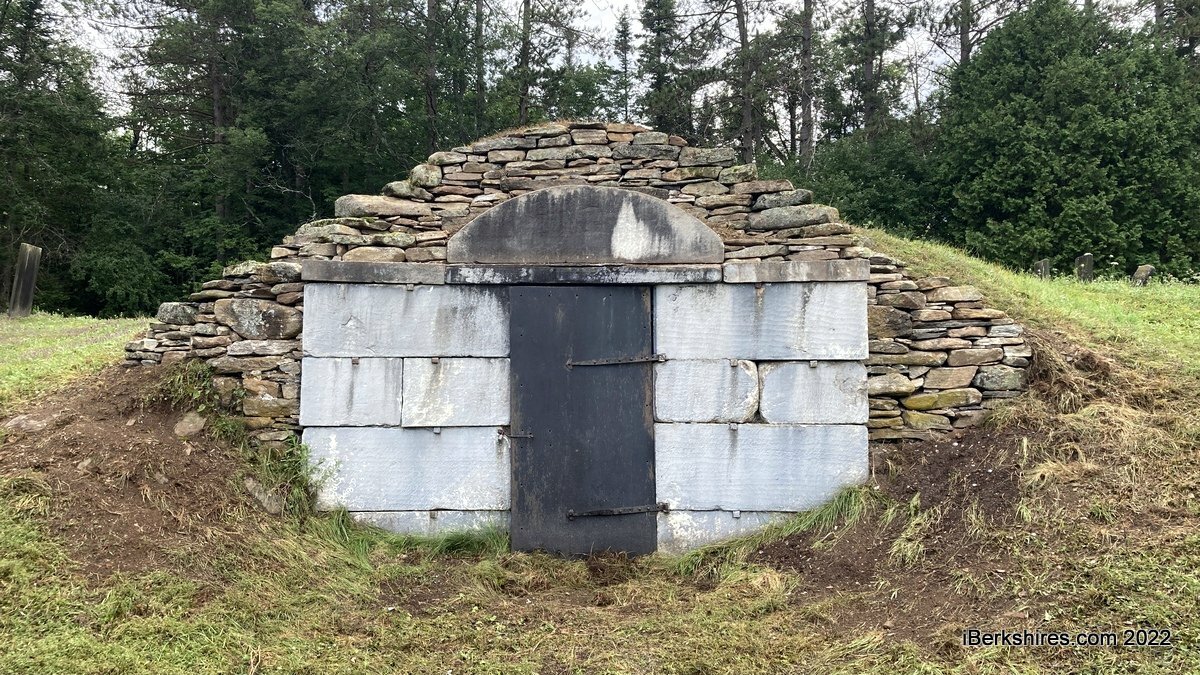
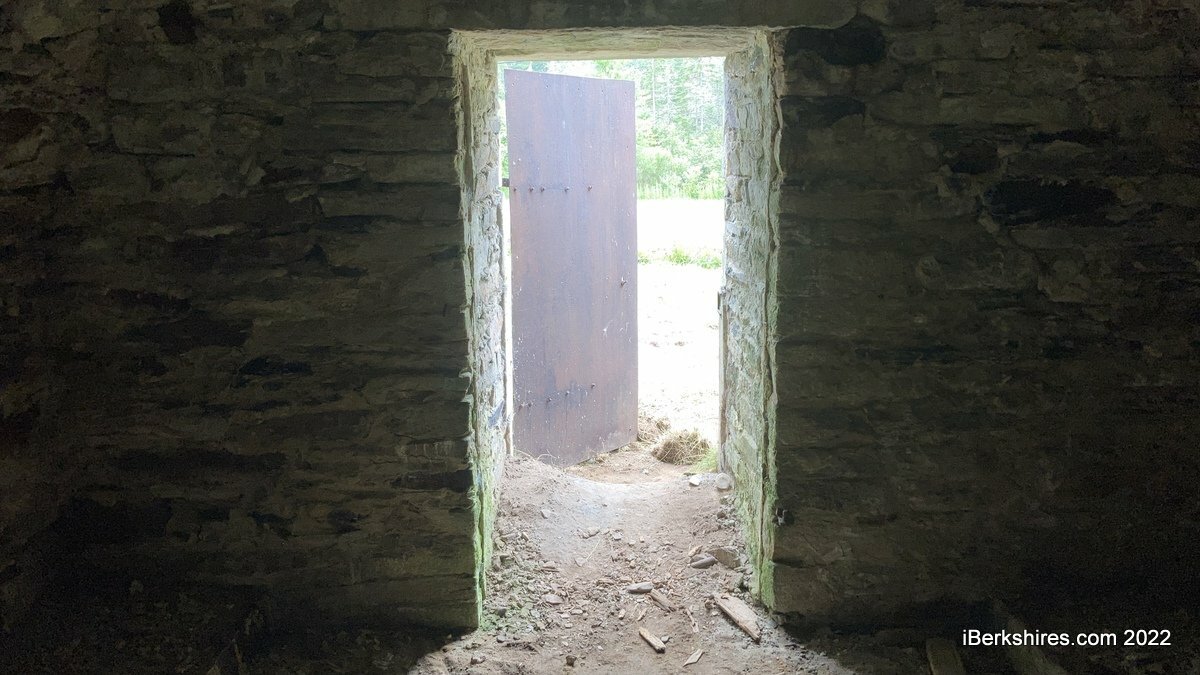
Centuries-Old Tomb Opened, Repaired in Savoy
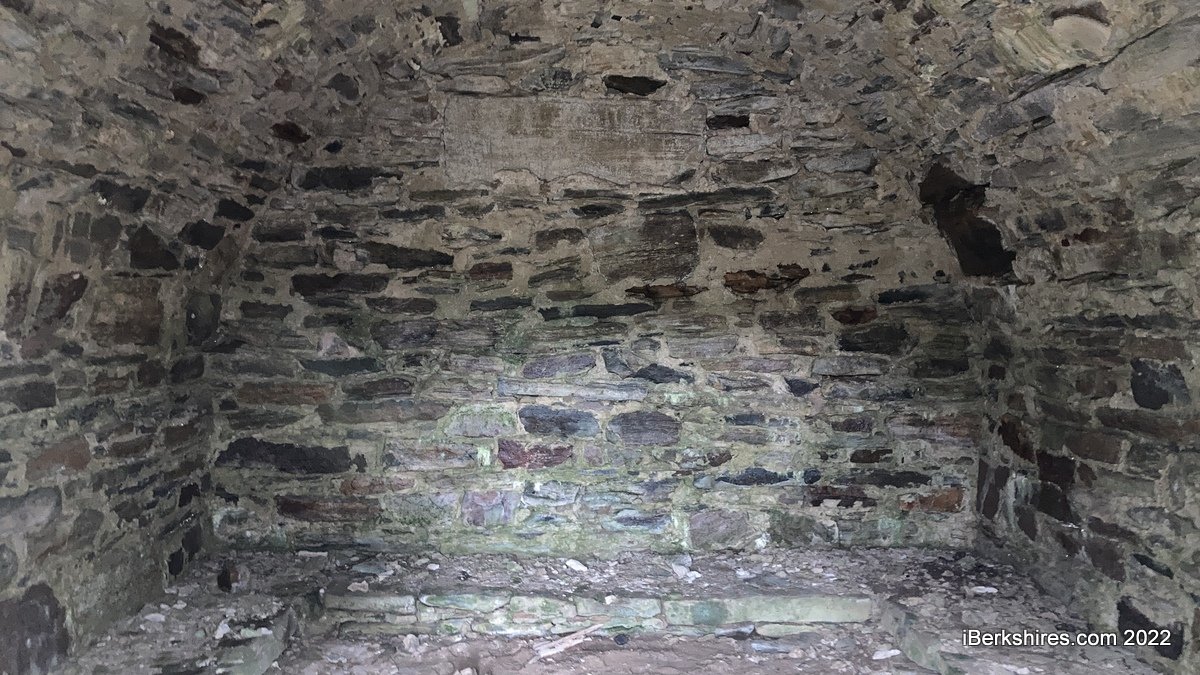
SAVOY, Mass. — Earlier this month, stonemasons rehabilitated a more than 200-year-old crypt that was built into the hillside of Tomb Cemetery.
The front of the stone structure was shifting forward and the Cemetery Committee feared that it may topple over Now, it stands up straight — supported by reset pins — and the surrounding stone wall has been put back into place.
This project has been on the panel's radar for years and was unanimously approved at Savoy's yearly town meeting in June.
"The reason I did it is because it was caving in," committee member Joan Ziter said. "It's a one of a kind. Where have you seen another one like it here in Berkshire County? It's a unique item."
It took about four days and some heavy machinery for the task. Volunteers cleared the overgrown area and worked to stabilize the structure's smaller stone surroundings in preparation for the work. The work was done by Trimarchi Landscape Design & Stonework of Adams.
The crypt is said to have been built before 1818 by Joseph Williams, an early settler of the town that was incorporated in 1797. Located on Route 116, it is empty, seemingly unlabeled, and is rather mysterious to locals.
"No one was ever interred in that tomb," Ziter said.
"But I do believe that in its 200-year history, I believe that in the winter when people passed, bodies were put in there until they could be buried in the spring, which is what I think might have been its intent— I think it was built for him but he never used it."
The structure is practically all stone besides its metal door and was built using gravity to hold it together. Ziter said the curved interior of the tomb was sealed with cement in the 1900s.
She also detailed the interesting history that surrounds the cemetery. The morbidly named Tomb School was located across the street until the late 1800s. In the 1920s, the Cherry Hill School was built next to the cemetery and is now a private residence.
"I went to school there, that was a school," Ziter said about the home that is seen from the cemetery. "And I played around here so this is dear to me, I didn't want to see it collapse."
Joe Durwin — who writes about history, mysteries, and folklores in the Berkshire and beyond — looked into the site's past in his blog "These Mysterious Hills."
Durwin suggested that the tomb's mystery is closely tied to a town legend about a wealthy traveler who disappeared and that Williams may have had something to do with it. The original story has reportedly been around since the 19th century and has been in print since at the least the 1930s.
He added that no one seems to know where Williams' body is buried and in the town's 21 cemeteries, there is no sign of his name.
"What really happened to the unnamed traveler that came to Savoy that fateful night? Where is Joseph Williams, and why does his elaborate tomb remain empty to this day?" Durwin wrote. "We may never know more about these questions than we do now."
There were more than 100 people buried in Tomb Cemetery up to 1946 and many more have been buried on the site since.
The two-member Cemetery Committee has been responsible for securing the maintenance of the site. Ziter said the town crew has maintained it.
Next, the committee would like to address the cemetery's stone wall that is in disrepair.
Below: the prior condition of limestone blocks at the front of the crypt can be seen at top right and, below, Joan and Lizz Ziter stand in the fixed doorway; other photos show John Trimarchi, Fran Gardzina and Jeff Ziter at work on the structure. These photos were submitted.
.jpg)
Tags: cemetery,

.jpeg)
